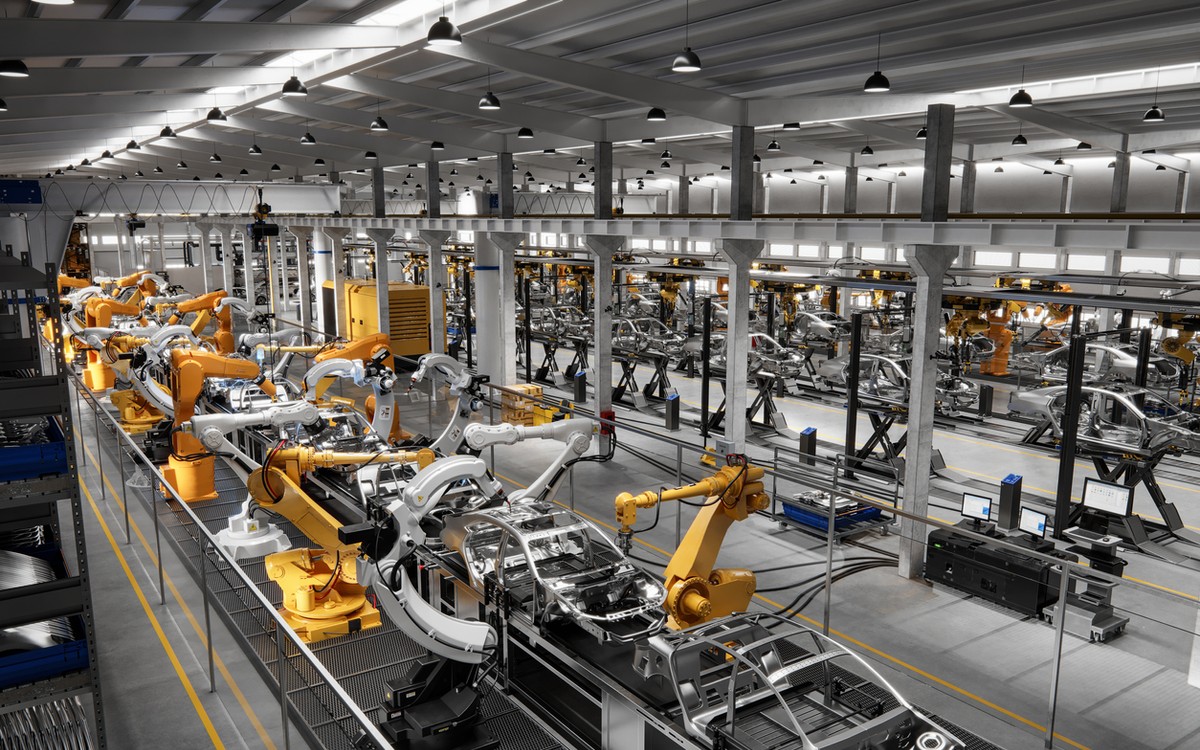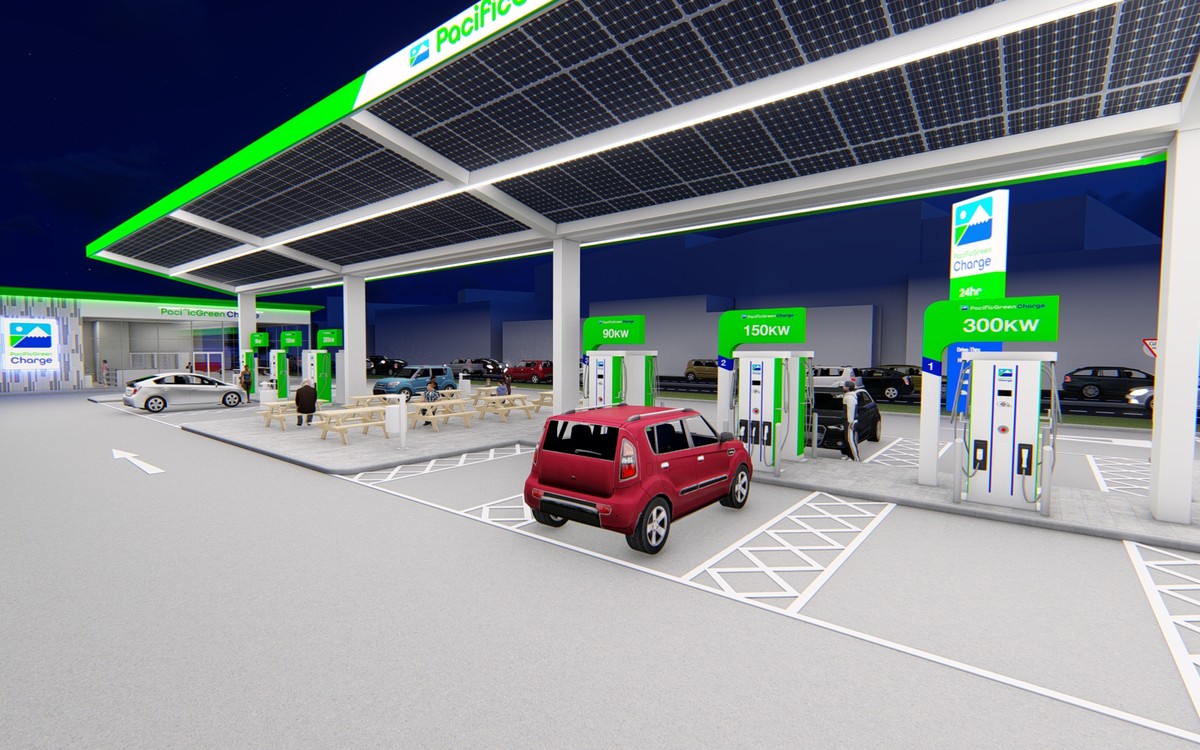Pull into the filling station of the future
By Guy Chilvers
The internal combustion engine (ICE) is the main contributor to the 15% of all greenhouse gas emissions that derive from transportation. And it’s not just all the gasoline or diesel that ICE vehicles burn which is the problem.
It’s also the enormous infrastructure that goes into discovering, developing and defending the sources of oil. Refining, shipping and transporting the black stuff adds to the wear and tear on the planet.
Even the engines themselves take a bigger toll than equivalent electric vehicle (EV) machines. Conventional engine blocks are made of iron, requiring more energy and a more polluting process to manufacture than aluminum EV engines.
And the manufacture of hundreds of moving parts in ICE engines gobbles up more carbon-generating energy than EV engines, which have far fewer. Clearly, any clean-energy future will have to dispense with ICEs.
Plans to migrate from ICE to EV
Rather belatedly, the world’s governments are pushing the replacement of carbon-intense transportation with EVs. As an example, the European Union has proposed phasing out ICE vehicles by 2035, part of an ambitious plan to radically reduce carbon emissions.
And manufacturers have had to sit up and take notice. CEO Markus Duesmann has gone on record to say there are no new ICE models in development at German car company Audi.

As the result of similar plans worldwide, EV adoption is predicted to rise rapidly, despite a slight dip due to the general downturn ushered in by the COVID-19 pandemic. A recent Deloitte study reports that EVs and hybrids surpassed the 2 million mark in 2019.
According to the consultancy, EV sales alone will reach 31 million by 2030, representing 32% of the total market share for all new car sales. These EVs could come in two flavors: battery-powered (BEVs) or fuel-cell powered (FCEVs).
Charging up the future
The former predominates now and is predicted to remain ahead at least for the medium term. However, a recent report predicts that the global hydrogen fuel-cell vehicle market will see a compound annual growth rate of 70% until 2025.
As they continue to replace ICE vehicles, both BEVs and FCEVs will need increasing densities of supporting infrastructure. And what are now filling stations will increasingly become electric recharging stations, hydrogen refueling stations—or both.
Filling up on hydrogen is a similar experience to filling up on gasoline, even if the infrastructure and technologies that make it possible are very different. FCEVs can have a driving range of more than 300 miles on just one tank of hydrogen and can refuel in less than five minutes.
And as fuel cells are more than twice as efficient as an ICE, an FCEV travels further on that tank of hydrogen than a traditional vehicle would on an equivalent tank of gasoline.
The challenge of public EV charging
In contrast, even at today’s most technologically advanced stations it still usually takes about 30 minutes to get a BEV battery up to 80% capacity.
After exceeding 80% charging, speed slows down to prevent the battery from being damaged, so any additional charging becomes proportionately slower.
At the upper end of what is currently possible, Tesla owners can visit a supercharging station that will add up to 200 miles of range in 15 minutes. But this is still considerably longer than filling a conventional gas tank.
Improvements in battery technology may reduce the waiting time to as little as a few minutes, but currently the solution for most EV owners is home charging, usually overnight. An extension of this is to charge while you park during working hours.
There is even a plan by a French startup to have robots patrol car parks and automatically recharge customers’ EVs. However, publically-available services provided at a charging station are still a significant part of the EV ownership experience.
What’s more, owners’ ability to recharge their vehicle’s battery on a flexible basis in the middle of a journey is a key factor in the broader adoption of EVs, chiefly by eliminating range anxiety.
Sit back and relax while your EV charges
Making that half-hour charging experience as pleasant as possible is a central goal for any business serious about EV recharging.

A user experience specialist has highlighted five key areas where this can be done in the near future, including making the physical experience as painless and clean as possible, and standardizing charging plugs and payment conditions.
Another area where charging stations must get it right is investing in a comfortable and entertaining environment where customers will be happy to spend 30 minutes or so while they wait for their EVs to charge. That could include retail and entertainment opportunities.
While the main external difference between the charging station and the filling station is that the former could be more appealing and comfortable (and thus potentially larger), behind the scenes things are radically different.
What happens behind the scenes?
Instead of tankers delivering gasoline and diesel, electricity stored in large batteries will provide fast charging services.
These batteries will usually be lithium-ion units, based on the same technology as those powering the EVs, and they help ensure local substations are not overwhelmed by demand.
Adding renewable energy generation to the charging station structure, for example with solar canopies, can also make the installation less taxing on the local grid.
Turning to FCEVs, hydrogen recharging stations can be divided into off-site stations and on-site stations depending on whether they produce their own hydrogen or not. Presently, they are mostly the former.
Italy and Germany are collaborating to build a hydrogen highway between northern Italy and southern Germany. Scotland is looking to do something similar between Aberdeen and Inverness.
The technology and expertise are available now
At Pacific Green we are looking to lead this transformation to low-carbon mobility with tried-and-trusted, plug-and-play solutions for on-the-highway BEV charging, and expertise in hydrogen production and supply for FCEVs.
Our aesthetically pleasing charging stations offer customer-friendly facilities and are designed to be part of a smart, integrated electricity infrastructure, with built-in solar canopies to augment the power supply.
Pacific Green charging stations come in a different sizes and configurations, to best fit within their surrounding environments. They offer both retail and leisure opportunities. Flexible, scalable and future proof, they can be configured to almost any location.
And beyond offering the technology building blocks for low-carbon service stations, we help with planning, power evaluation, management and installation as part of a turnkey service.
If you are looking to join the drive towards low-carbon transport, talk to us now.